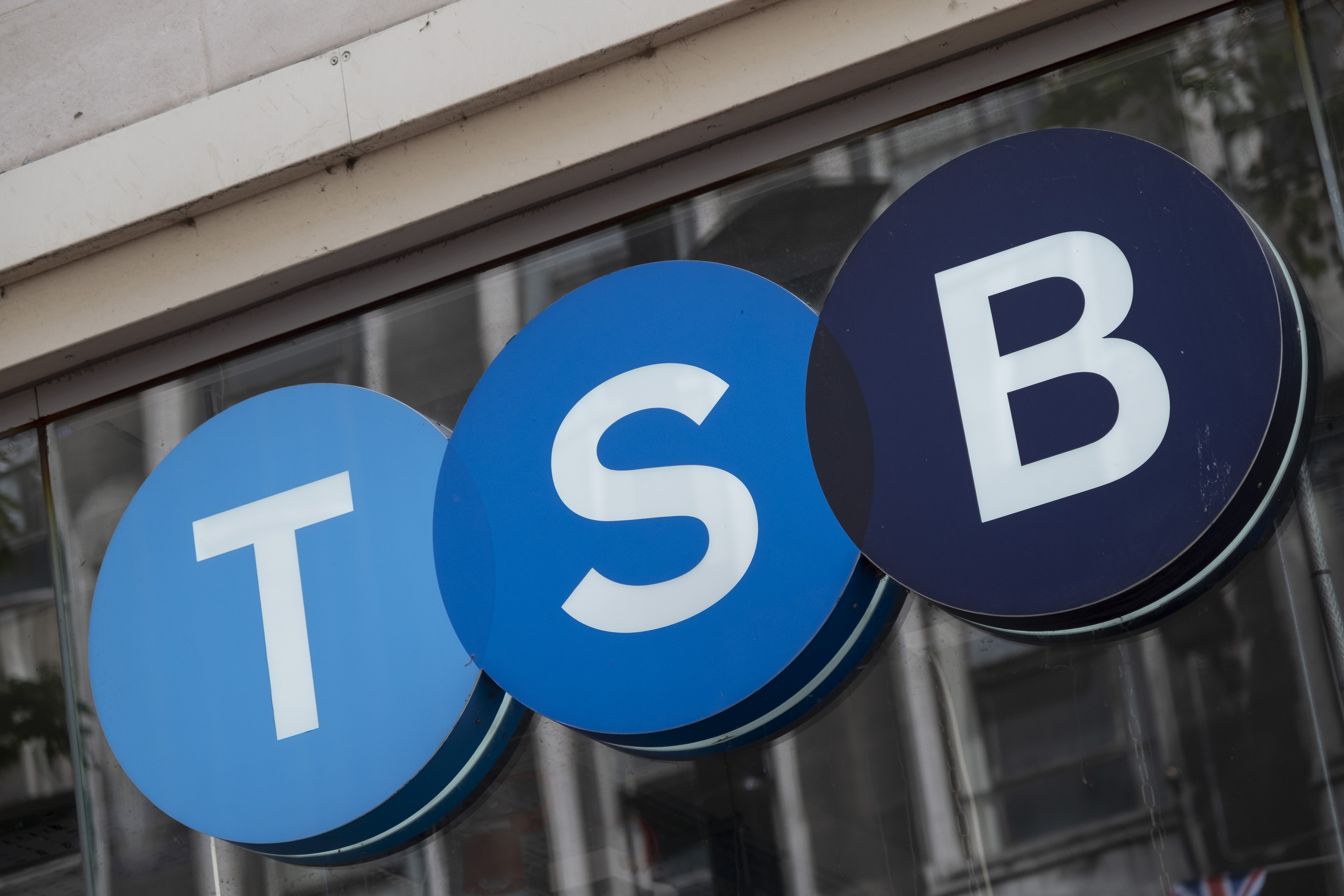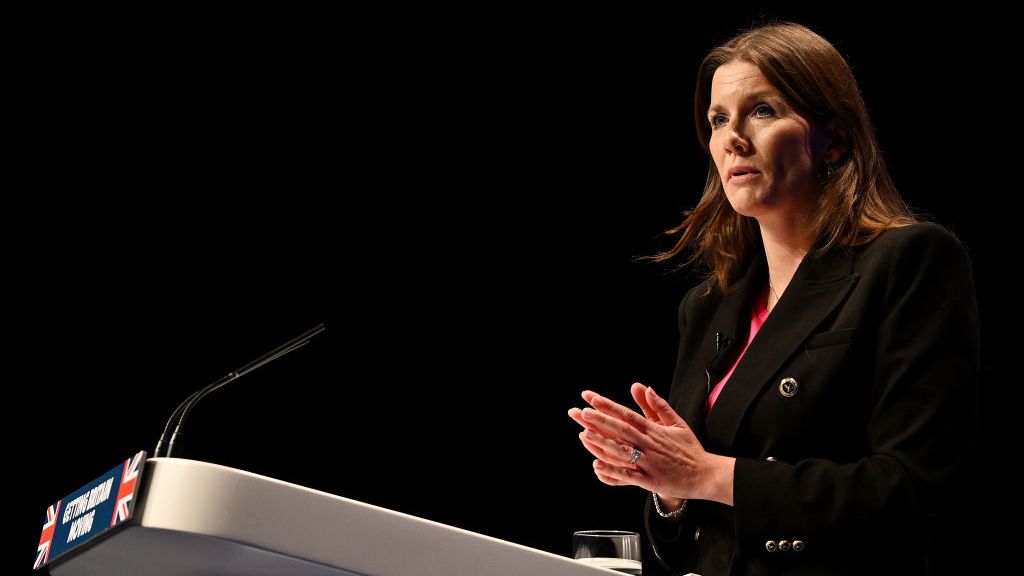What is WCAG and how do these guidelines power accessibility online?
Experts urge a mentality shift, away from box-ticking compliance, to one that incorporates ease of use into the very fabric of web design


It’s easy for accessibility on the web to feel like a new phenomenon, but some of the oldest accessibility resources date back more than 20 years. Created by World Wide Web Consortium (W3C), the Web Content Accessibility Guidelines (WCAG) have become integrated into many legislative decisions when it comes to web accessibility, including in the UK.
WCAG has changed and been adapted over the years – the highest level of compliance is WCAG 2.1 AA, with WCAG 2.2 currently slated for release in September 2022. They have a long history, though, and are reasonably complicated. We track how WCAG has evolved through the years, and why incorporating ease of use into the fabric of web design is essential for businesses in the modern age.
What are the origins of WCAG?
Geoff Freed has been working in web accessibility since the early days of the movement. He now works as director of Perkins Access Consulting – an arm of the Perkins School for the Blind, one of the oldest institutions of its kind in the US.
Freed served as an expert during the development of the first set of guidelines, before becoming a contributor to the second set. He’s also a co-author on the time text markup language (TTML), which is used by media giants like Netflix and Amazon to provide captioned content. In short, the industry veteran says – in the early days – incorporating these guidelines into any kind of legislation wasn’t on the table.
“When the first version of the guidelines were published, it's not as if suddenly the crowds broke and the sun began to shine through. It's more like in the industry we now had a set of recommendations, which is what they were and remain. We now had a set of formal recommendations that we could say to people, ‘Hey, look there are real practices that you can do to make something more accessible’.”
Has WCAG been integrated into legislation?
Like almost every disability access standard, the worldwide implementation of these guidelines has taken a long and winding road. WCAG was first published in 1999, and is key to the role of the US’ section 508 – which is part of 1973 Rehabilitation Act, which prohibits US federal agencies and contractors from discriminating against disabled people.
Section 508 was amended in the late 90s to add content to the terms covered by the act. In the US, lawsuits have played a key role in advancing web accessibility, often in tandem with Americans with Disabilities Act (ADA) complaints. The same, though, cannot be said of the UK.
Get the ITPro daily newsletter
Sign up today and you will receive a free copy of our Future Focus 2025 report - the leading guidance on AI, cybersecurity and other IT challenges as per 700+ senior executives
In the UK, the WCAG are quasi-integrated into the Public Sector Bodies (Websites and Mobile Applications) Accessibility Regulations 2018. Those regulations came after an EU directive and follow the European standard for digital accessibility called EN 301549, which are harmonised with the WCAG.
Prior to the regulations, much of the web accessibility requirements applicable to Britain stemmed purely from the 2010 Equality Act and 1995 Disability Discrimination Act in Northern Ireland. EN 301549 is what applies to public entities with ISO 30071-1, an international standard, being the code that applies to organisations outside of the public sphere. The latter is not a law, though it does relate to the equality act. Got all that?
Despite the inherent confusion created when accessibility is considered internationally, Freed likens the applicability of WCAG as akin to other tech compatibility issues throughout history. “It means that we avoid the Betamax/VHS problem as much as possible when things are standardised,” he comments.
How much of the web complies with WCAG?
If you’re compliant with WCAG 2.1 AA, then you’re also following the UK’s rules, but with any type of guidelines the inevitable question is: how well are they being abided by? According to US-based Web AIM’s 2022 analysis, 96.8% of the web’s top websites had some form of WCAG flaw on their homepage. The most common being a lack of low contrast text, missing alt text, missing form labels, empty buttons, and missing document language. While these numbers seem daunting – and they are – the report notes that 21.6% had five or fewer errors.
Josh Koenig, co-founder of web operations platform Pantheon, says that accessibility is one of the facets of IT infrastructure that tends to be a casualty of other elements “breaking at scale.”
“What happens to people when they start to reach that scale is that governance breaks down. Once governance breaks down, it's just a matter of time until accessibility goes off the rails somewhere,” Koenig says. He adds that, generally speaking, he sees large companies falling into two camps: those who create access because they’re legally required to; and those who do so because it’s part of their core mission.
Broadly, he sees institutions like universities being more likely to follow accessibility guidelines as opposed to business entities who are rarely, at least in the UK, absolutely required to follow the same level of access as publicly funded entities. More than that, though, Koenig sees an industry that’s foundationally lagging when it comes to understanding accessibility as part of the way of doing business. He would know; Pantheon is used by companies ranging from Google and Harvard, to the United Nations and Doctors Without Borders.
“Our industry – a lot of it is still stuck in this kind of old-world ‘wait for the relaunch’ kind of mindset to make material improvements,” he continues. “That’s not a great way to approach accessibility, because you need to be able to make those incremental improvements; because a lot of these things, they're small. You're not going to fix it with a big redesign, you're going to have to make steady progress on it over time.”
Why 100% WCAG compliance isn’t the end goal
Freed says when he started out in the industry as a captioner in the mid-1980s, teaching about accessibility was part and parcel with his profession. He says providing insight is still key to increasing access on the web today.
“The percentage of websites that are accessible online, and by accessible I don't mean 100% accessible because that's an impossible standard to achieve, but that are accessible by design online is probably a rather small percentage of all the materials that are available. But it's a growing percentage – and education has a lot to do with that.”
Part of the reason 100% compliance isn’t the end goal, Freed continues, is because compliance doesn’t always equal usability. If your website doesn’t have video, for example, then you’re not going to have captioned content. Theoretically, you haven’t checked that box as far as the guidelines are concerned, but your website might be perfectly usable.
“Just because you can't achieve 100% doesn't mean that what you can achieve is worthless,” Freed says. “The goal is not 100% conformance. And one of the reasons I say that is because you can have a website that checks all the boxes for meeting criteria in WCA. But that doesn't necessarily mean that it's usable by everybody.”
Koenig says that, from his point of view, education about accessibility is less about what your average new developer understands about access, and more about how those in management understand its importance. He likens this trend of pushing more and more developers to understand accessibility to “drinking from a firehose of information”.
“It’s more about having accessibility be a part of the practice, which means management needs to be bought into it and everything else,” he says, “and also that your design [begins] with accessibility in mind.
“At the beginning you totally need this way to constantly improve and iterate to keep up because accessibility is a moving target, but also when you eventually do some kind of redesign. If your designers are savvy about accessibility, they can probably improve some things, but this also starts you off in a place where maintaining or continuing to improve accessibility over time is much easier.”
Freed says the industry needs to understand, at all levels, that accessibility isn’t a niche concern. It’s fundamental to an optimal web environment. “Accessibility isn’t just something that developers and designers do, it's something that needs buy-in from the very highest levels of your organisation,” he says. “One way to get that buy-in is to stress that accessible design is for everybody – not just for people who are blind, or people who are deaf or have mobility disabilities. It's for everybody.”

John Loeppky is a British-Canadian disabled freelance writer based in Regina, Saskatchewan. He has more than a decade of experience as a professional writer with a focus on societal and cultural impact, particularly when it comes to inclusion in its various forms.
In addition to his work for ITPro, he regularly works with outlets such as CBC, Healthline, VeryWell, Defector, and a host of others. He also serves as a member of the National Center on Disability and Journalism's advisory board. John's goal in life is to have an entertaining obituary to read.
-
 Bigger salaries, more burnout: Is the CISO role in crisis?
Bigger salaries, more burnout: Is the CISO role in crisis?In-depth CISOs are more stressed than ever before – but why is this and what can be done?
By Kate O'Flaherty Published
-
 Cheap cyber crime kits can be bought on the dark web for less than $25
Cheap cyber crime kits can be bought on the dark web for less than $25News Research from NordVPN shows phishing kits are now widely available on the dark web and via messaging apps like Telegram, and are often selling for less than $25.
By Emma Woollacott Published
-
 UK financial services firms are scrambling to comply with DORA regulations
UK financial services firms are scrambling to comply with DORA regulationsNews Lack of prioritization and tight implementation schedules mean many aren’t compliant
By Emma Woollacott Published
-
 What the US-China chip war means for the tech industry
What the US-China chip war means for the tech industryIn-depth With China and the West at loggerheads over semiconductors, how will this conflict reshape the tech supply chain?
By James O'Malley Published
-
 Former TSB CIO fined £81,000 for botched IT migration
Former TSB CIO fined £81,000 for botched IT migrationNews It’s the first penalty imposed on an individual involved in the infamous migration project
By Ross Kelly Published
-
 Microsoft, AWS face CMA probe amid competition concerns
Microsoft, AWS face CMA probe amid competition concernsNews UK businesses could face higher fees and limited options due to hyperscaler dominance of the cloud market
By Ross Kelly Published
-
 Online Safety Bill: Why is Ofcom being thrown under the bus?
Online Safety Bill: Why is Ofcom being thrown under the bus?Opinion The UK government has handed Ofcom an impossible mission, with the thinly spread regulator being set up to fail
By Barry Collins Published
-
 Can regulation shape cryptocurrencies into useful business assets?
Can regulation shape cryptocurrencies into useful business assets?In-depth Although the likes of Bitcoin may never stabilise, legitimising the crypto market could, in turn, pave the way for more widespread blockchain adoption
By Elliot Mulley-Goodbarne Published
-
 UK gov urged to ease "tremendous" and 'unfair' costs placed on mobile network operators
UK gov urged to ease "tremendous" and 'unfair' costs placed on mobile network operatorsNews Annual licence fees, Huawei removal costs, and social media network usage were all highlighted as detrimental to telco success
By Rory Bathgate Published
-
 Welsh startups 'increasingly isolated' over lack of diverse funding routes
Welsh startups 'increasingly isolated' over lack of diverse funding routesNews Founders say Wales' chance to be one of the UK's leading tech ecosystems is being undermined by a lack of investment
By Ross Kelly Published